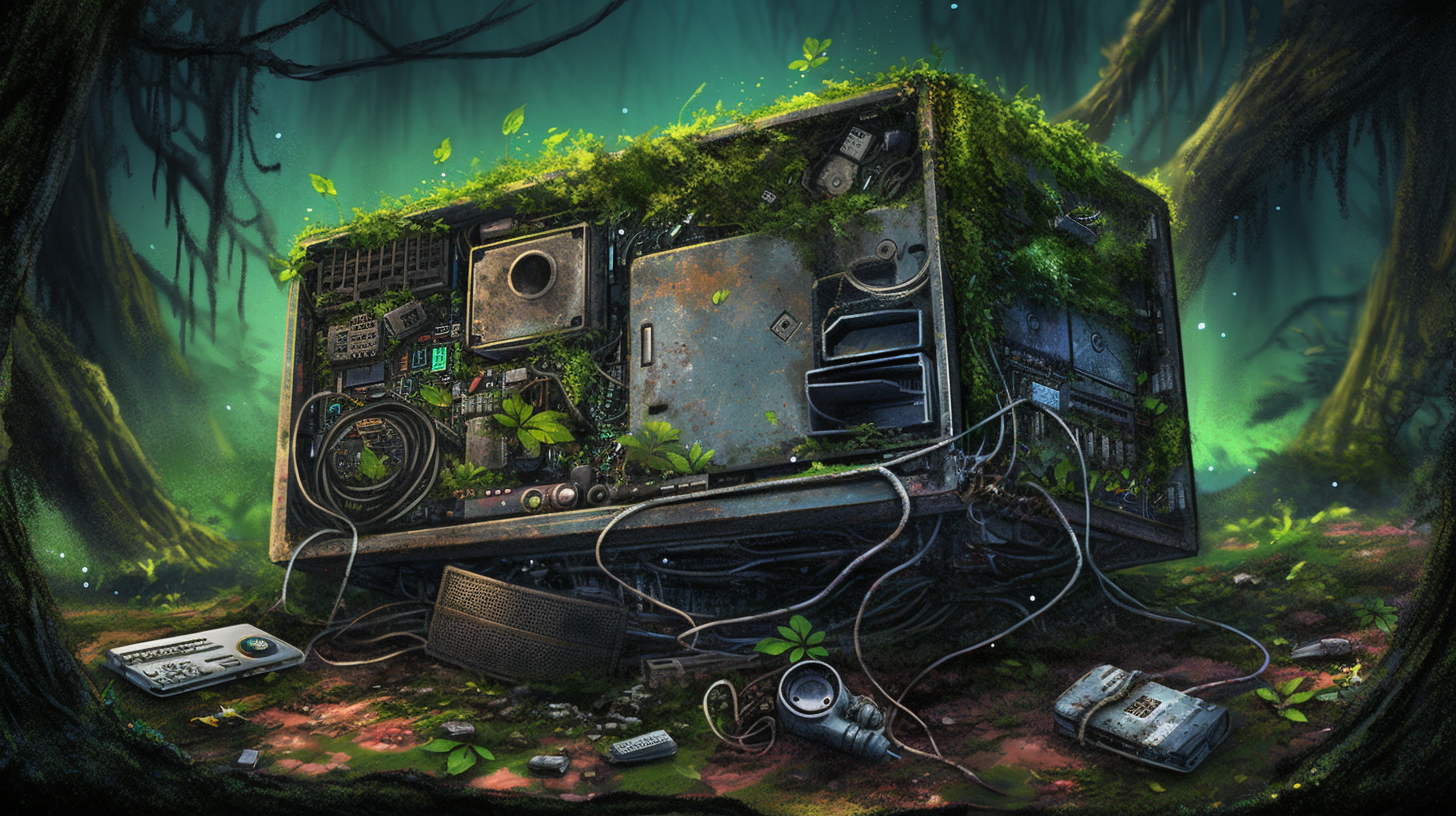Green Computing: Saving the Planet One Byte at a Time

Ah! Just breathe in that fresh air! Can you imagine a world where that isn’t possible anymore? Just a thought about it gives me the creeps! We're not spinning yarns about dystopian novels here – I'm talking up a storm about real life. Let's kickstart today's chat and plunge headfirst into CompTIA's A+ Core 2 (220-1102) topic: "Summarize environmental impacts and local environmental controls." This isn't just about acing the exam scope. It's about safeguarding the last vestige of our precious blue and green marble. Stick around. This could be the most exciting expedition you've embarked upon today!
Understanding the Impact of Computing on the Environment
Let's kick things off by examining the environmental impacts of our day-to-day computing. You may be wondering, "What harm could my little computer do?". These silent machines, so integral to our lives, still have a dark side, though. Did you know experts predict an eye-popping 52.2 million metric tons of global e-waste by 2021? It sends shivers down your spine, doesn't it?
The toxic materials from discarded electronic devices pose a real risk to our ecosystem. Once they seep into the ground, they could contaminate our water sources and harm various fauna and flora. How's that for a gut-wrenching revelation?
Energy Consumption: The Not-So-Silent Killer
Moreover, there's also the issue of energy consumption. These nifty gadgets are notorious power guzzlers. Energy consumption contributes to greenhouse gases, spiraling us ever closer towards climate change. Your computer, when left on standby, can eat up to 20% of the power it requires during active use. Sounds inconsequential, right? But the numbers keep adding up, and before you know it, our carbon footprint resembles the abominable snowman's.
So, What Can We Do?
Ah! No need to go grab the tissues to wipe your tears yet! We can implement local environmental controls to combat these issues! These are practices and tools encouraging us to tread lightly and leave no trace.
Power Management and Standby Modes
First things first, with the wise use of power management and standby modes, we can slash energy consumption drastically. Simply doing things like turning off the monitor when not needed, utilizing sleep mode, or just switching off the computer at the end of the day can create a big difference. Less energy used means less carbon footprint. Hurray!
The Three R's: Reduce, Reuse, Recycle
Let's always remember the golden trio: Reduce, Reuse, and Recycle. When we reduce e-waste, reuse valuable elements, and recycle electronics responsibly, we form a barrier against the toxic threats to our precious Earth. Just like mom's apple pie, every little piece counts!
Proper Disposal and Donation
You also have the option to adopt strategies like proper disposal and donation. When we donate old electronics, we not only rekindle their usefulness but also prevent them from crowding the landfill. Earth – 1, E-waste – 0!
Environmentally Friendly Products
Lastly, opting for environmentally friendly products can greatly help. This includes purchasing energy-efficient machines, devices with less harmful chemicals, and products with recyclable packaging. Yes, even that biodegradable peanuts counts!
As we reach the end of our journey, folks, always bear in mind that even your smallest efforts towards green computing add up to a bigger cause. Collectively, we wield the power to ignite change. Let's raise a glass to you, and let's salute our beautiful planet!
So, the next time you switch on your computer for a CompTIA study session, keep in mind: it's more than just exam prep. You're learning to protect our world, one byte at a time. Now, how's that for a heroic quest?